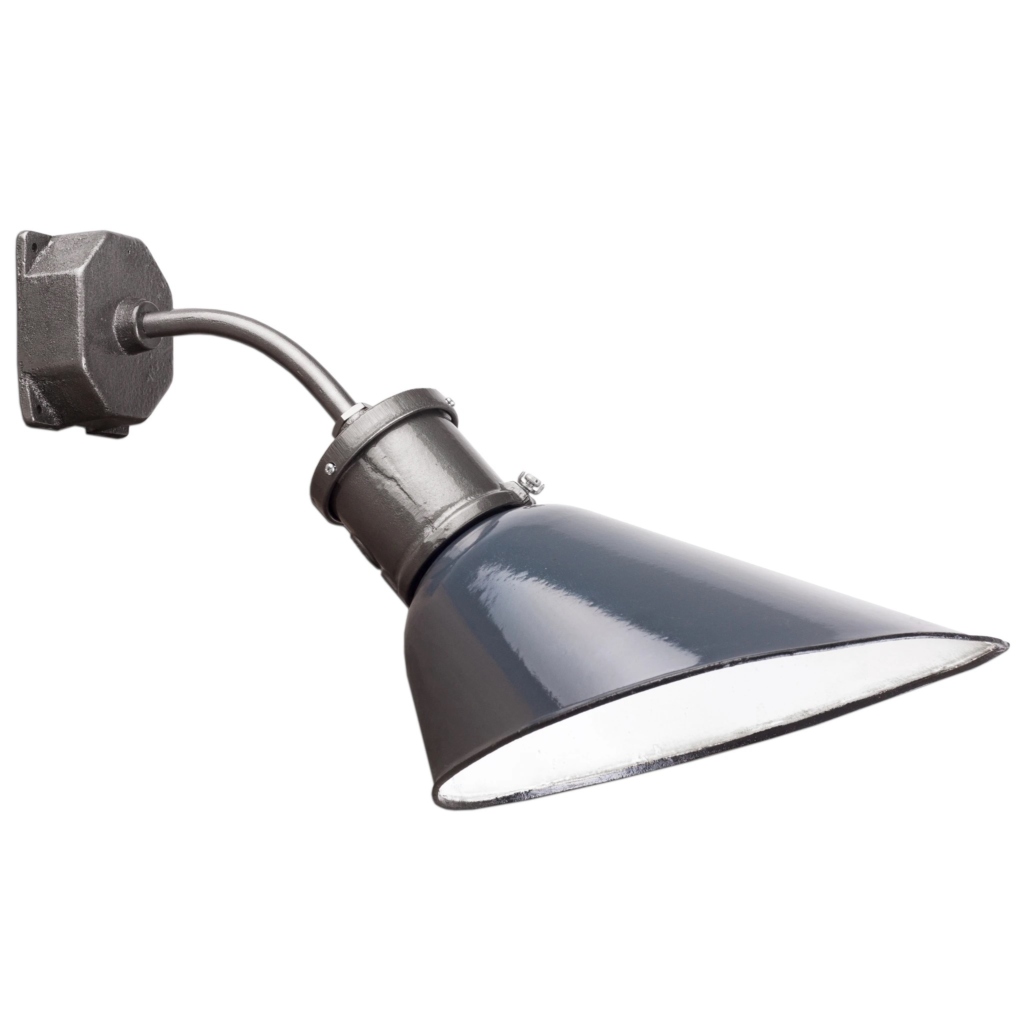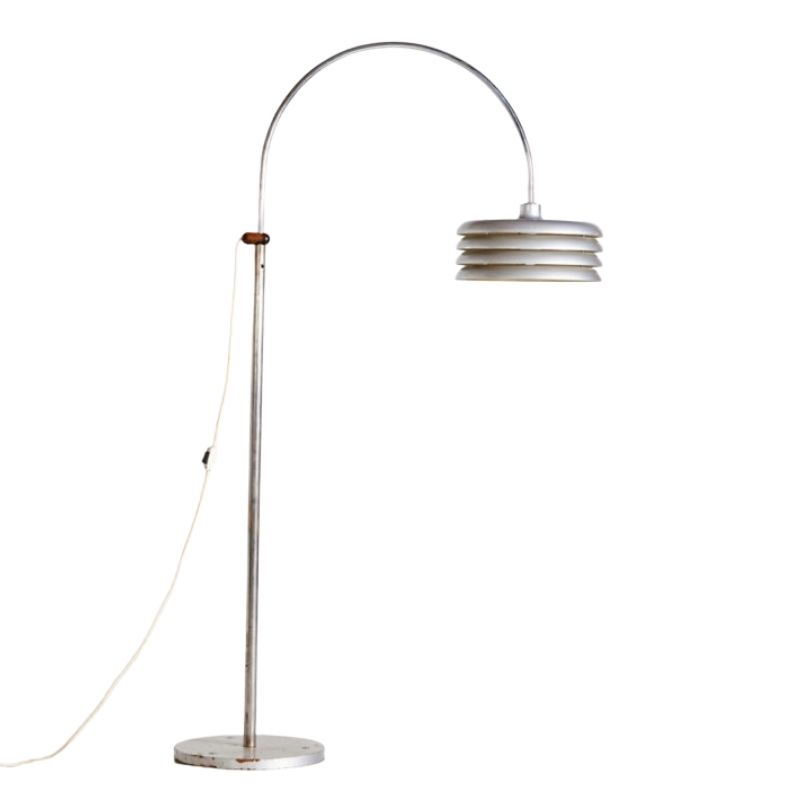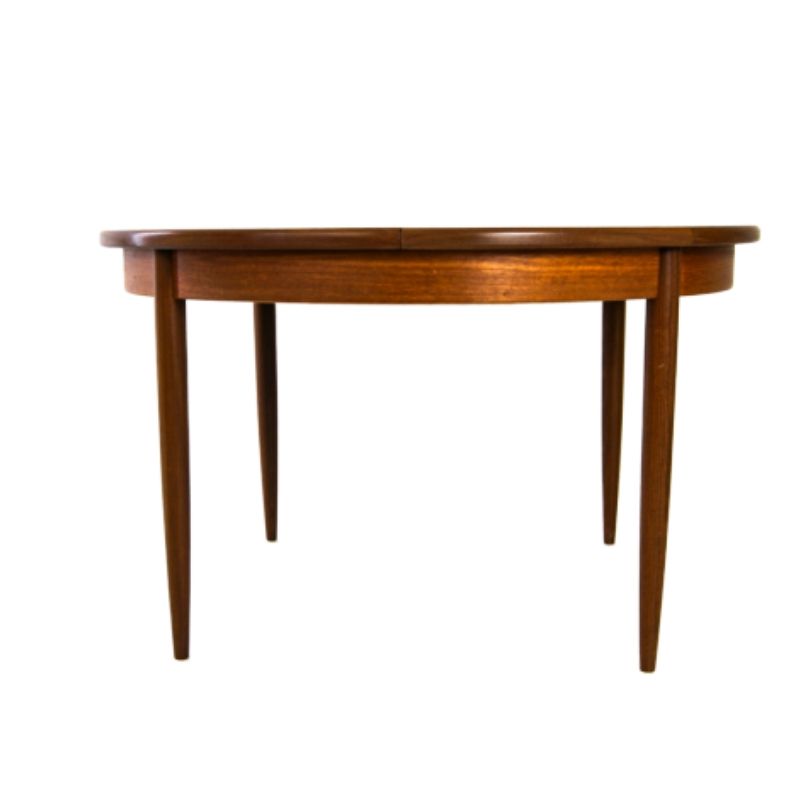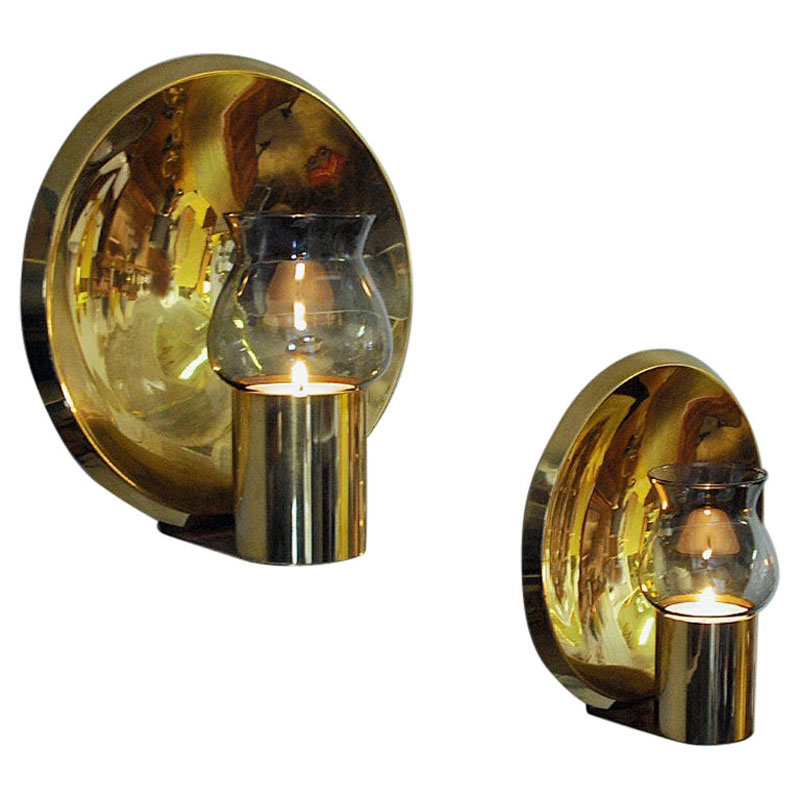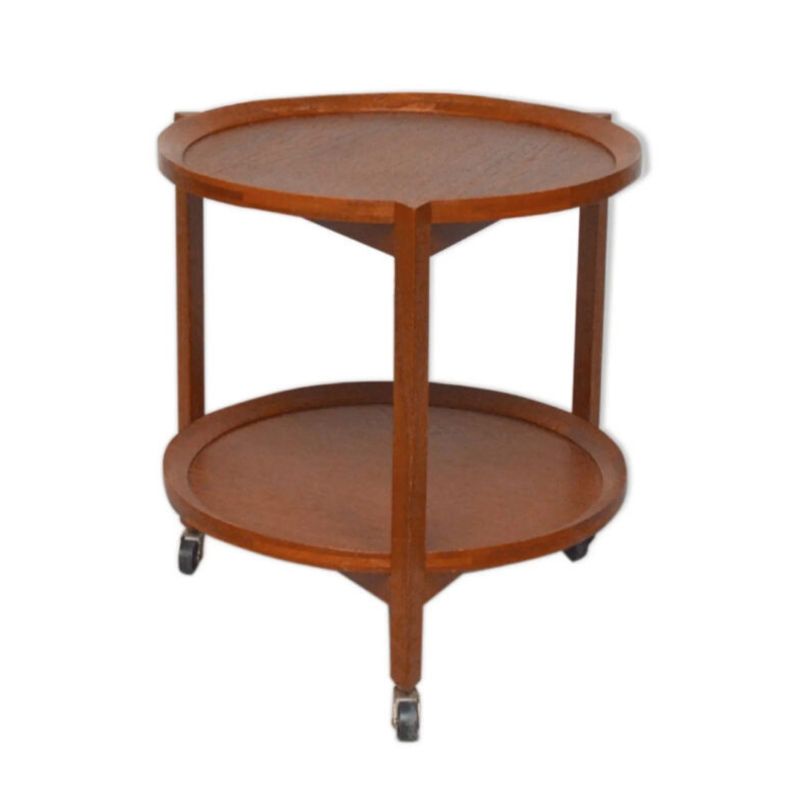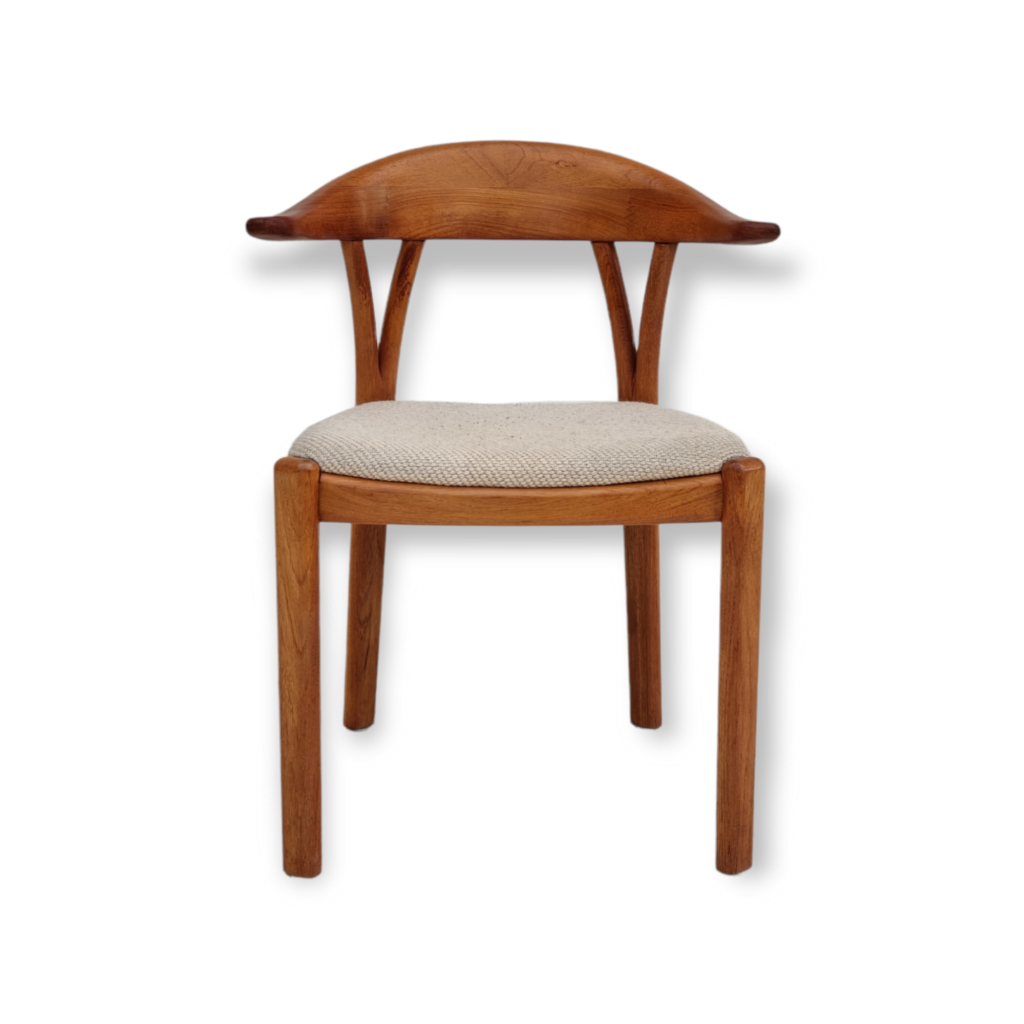For me its about clarity and being reserved, questioning one self, not giving in to sentimetatlity and planning something before beginning it, plotting the production process from beginning to end, asking yourself the why questions and wondering about the problems of your society and how design might correct them.
I'm seriously starting to wonder though if it (and the nostalgia for it) can help with the full range of human concerns, the gentleness, comfort, kindness, communication requirements...all the soft organic thing that previous traditions supplied just by being what they were and not being self conscious about it. Can facebook compensate for that? Or a collection of chairs? Or living rooms like set pieces, tableaus for middle class carry ons?
Please say what you want from the design and production of goods...
For me, "Modernism" is ideals that can never be met..
But who cares?
It's the attempt that is interesting. Gotta aim high, right?
At its best, it was the perfect fusion of form and function. But even when it crashed and burned, it was still fun to watch. Relentless optimism.
I grew up in a low end Cliff May house that was slapped together "kit style" in 3 and 1/2 weeks on site, on a slab of concrete. Never stopped loving that house. They even used the palates that the wood came on as wall sections for the garage. Whole house was sided in redwood-- when redwood was cheap enough to be used for low end tract houses.
I think the big beams and the clean lines and the light stuck with me. To this day i' ve not seen a wall that didn't look better with a window. At least to me.
Banana Leaf
Modernism for me is a rational return to what is primary in design and how we live in relation to design. This quote by Charles Eames--meandering though it is--for me captures that philosophical underpinning of modernism.
"There's sort of a parable I'd like to . . . In India . . . I guess it's a parable: In India, sort of the lowest, the poorest, the, those, those without and the lowest in caste, eat very often--particularly in southern India--they eat off of a banana leaf. And those a little bit up the scale, eat off of a sort of a un . . . a low-fired ceramic dish. And a little bit higher, why, they have a glaze on--a thing they call a "tali"--they use a banana leaf and then the ceramic as a tali upon which they put all the food. And there get to be some fairly elegant glazed talis, but it graduates to--if you're up the scale a little bit more--why, a brass tali, and a bell-bronze tali is absolutely marvelous, it has a sort of a ring to it. And then things get to be a little questionable. There are things like silver-plated talis and there are solid silver talis and I suppose some nut has had a gold tali that he's eaten off of, but I've never seen one. But you can go beyond that and the guys that have not only means, but a certain amount of knowledge and understanding, go the next step and they eat off of a banana leaf. And I think that in these times when we fall back and regroup, that somehow or other, the banana leaf parable sort of got to get working there, because I'm not prepared to say that the banana leaf that one eats off of is the same as the other eats off of, but it's that process that has happened within the man that changes the banana leaf. And as we attack these problems--and I hope and I expect that the total amount of energy used in this world is going to go from high to medium to a little bit lower--the banana leaf idea might have a great part in it."
~Charles Eames
If you need any help, please contact us at – info@designaddict.com



